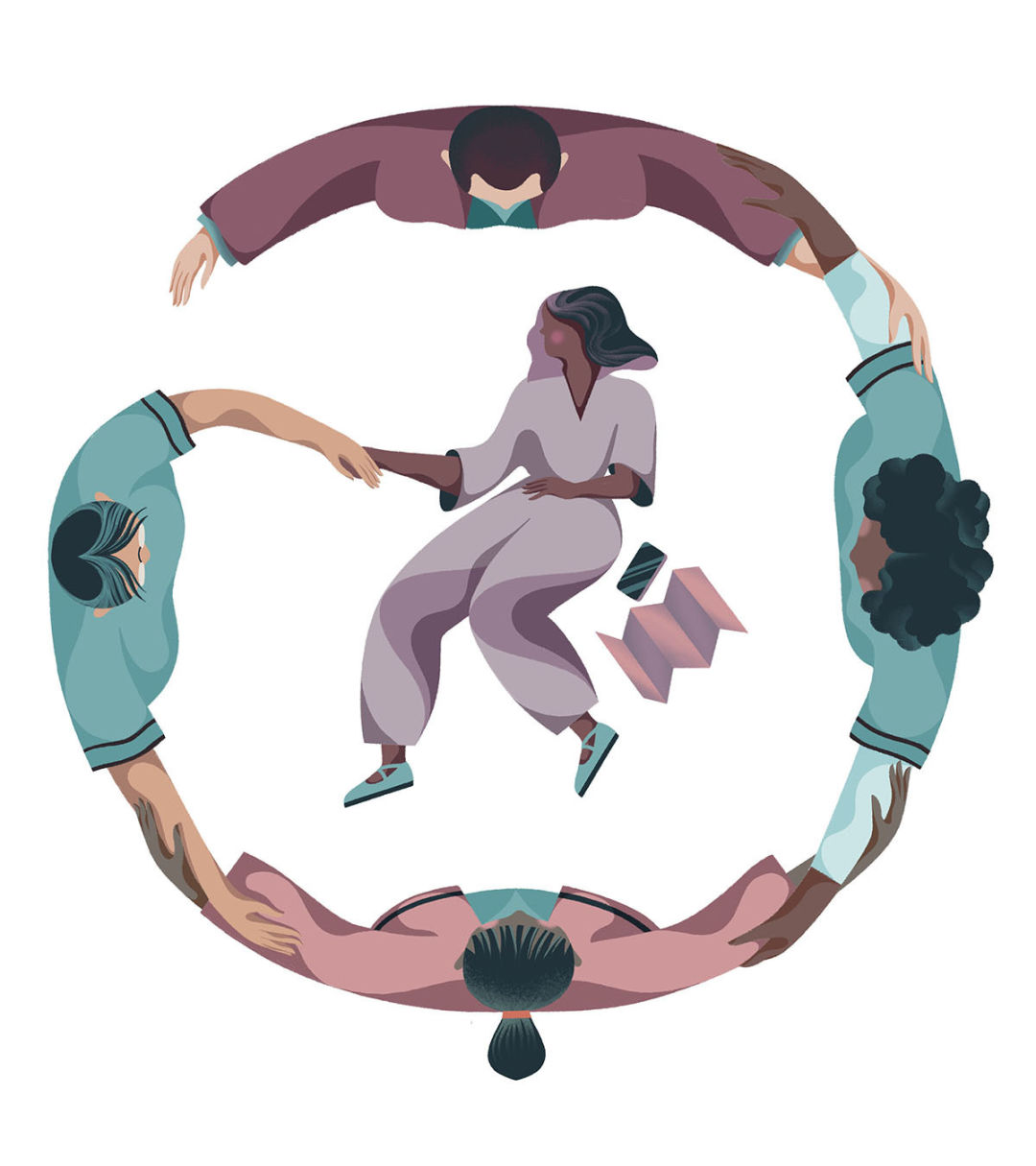In Oregon, an Effort to Train the Next Generation of Abortion Care Providers Gets Underway

Image: Marina Muun
I
n Oregon, where reproductive rights are enshrined into state law, it’s easy to feel cocooned from the Supreme Court’s Dobbs v. Jackson Women’s Health Organization decision and its tsunami of impacts on the health care system.
But patients and health care providers alike are warning that the state is far from immune from the fallout.
In the months post-Dobbs, it’s become harder to schedule an abortion at Oregon clinics, as patients from other states are suddenly jostling for appointments at a limited number of sites. And as anyone who has ever given birth knows, when you’re pregnant your body’s ecosystem can change overnight; waiting longer and longer for an appointment carries real consequences.
What Oregon needs are more sites where abortions can be performed, says Dr. Maria Isabel Rodriguez, a professor of obstetrics and gynecology at Oregon Health & Science University and the medical director of the Reproductive Health Program there. Catholic-affiliated health care systems in the state do not offer abortion care; instead, their patients typically must visit a Planned Parenthood outpost, one of the handful of independent clinics in Portland or the Willamette Valley, or OHSU’s Center for Women’s Health.
“I’ve taken transfer calls from outside hospitals where they had a woman who was 19 weeks with a desired pregnancy, hemorrhaging because her placenta had attached abnormally and they didn’t know how to take care of her, because they hadn’t done a D&E [dilation and extraction, the term used for a type of later abortion] because they weren’t trained in how to do it,” Rodriguez says. “So their plan was to hopefully stabilize her with transfusions and fluids and Life Flight her to OHSU for an abortion, or they were going to do a hysterectomy, which would have meant she could never have had kids, which is an incredibly invasive solution to a bread-and-butter ob-gyn procedure. People don’t recognize how patched together coverage is.”
But opening a brand-new site can be fraught, expensive, and take years to get off the ground, as Planned Parenthood is finding out with its molasses-slow plans to open a clinic in Ontario, on Oregon’s border with Idaho, where abortion is now banned at any point after conception, except to “prevent the death of the pregnant woman” or in
cases of reported rape or incest.
Attention is turning to another potential solution: expanded opportunities to train the next generation of abortion care providers, from operating room doctors and anesthesiologists to labor and delivery nurses to pharmacists who dispense medical abortion prescriptions. And just as patients from elsewhere are coming to Oregon to seek abortion care, medical professionals from outside of the state are coming for training now, too, so they will know how to help when interventions are allowed in the places where they work.
“The School of Medicine has always trained our medical students in abortion care,” Rodriguez says. “But what we’re trying to do is to expand to take residents from restricted states to come to Portland for a month to learn abortion care here. [For
example] we are setting up relationships with the University of Utah so that their
fellows can come do cases here.”
Additionally, this year’s graduating class of medical students will be the first to grapple with the ramifications of the Dobbs decision when applying for post-school residencies, says Sarina Chaiken, a fifth-year student at OHSU who worked as an abortion doula in college and plans to be an ob-gyn.
She says the practical effect could be to drive more future physicians away from states where stringent abortion bans are in effect, and to states like Oregon and Illinois, where in turn more people will be competing for a finite number of training opportunities.
“It’s such an issue because there’s so many different disparities in maternal health care already, like maternal morbidity and mortality or weight are higher in Southern states,” Chaiken says. “We were talking about these things every day on my high-risk pregnancy rotation, because there were a lot of patients in really terrible positions, a lot of whom had desired pregnancies and needed termination options. I was thinking about how, if I was training in Texas, I wouldn’t be able to have these conversations with patients and let them have the autonomy that is important for their own health.”
To meet the moment, OHSU is launching a major fundraising drive aimed at expanding its staff’s ability to provide more abortion care, including in more complex, medically necessary cases, and to train providers from other states.
“The contribution we can make is in training and education, and ensuring that access continues, because regardless of what the law says, women need abortion now, they’re going to need it tomorrow, and they’re going to need it for years to come,” says Rodriguez. “And if we don’t maintain trained providers, we’re not going to be able to offer them that. And we’re going to see a significant increase in morbidity and mortality for women.”




